The electricity consumption is 5.3L per 100 kilometers. Why does Tang DM-i make home users feel that HEV is not fragrant?
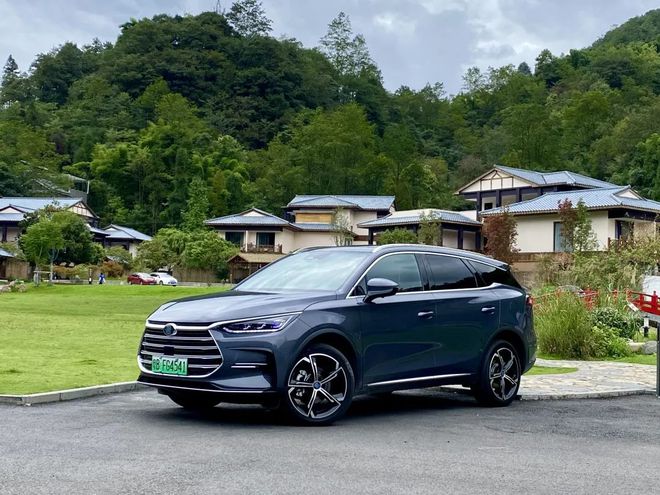
Counting the hot words of new energy vehicles this year, BYD DM-i must be one. This is the name of BYD’s new DM-i super hybrid system, which is being known and understood by more people. To put it simply, it takes Xiaoyun-plug-in special 1.5Ti and 1.5L engines as its core, as well as EHS electric hybrid system and DM-i super hybrid special power blade battery. When the models equipped with this system were launched one after another, BYD DM-i recreated this sentence in the PHEV market almost like "Hybrid is divided into Toyota Hybrid and Other Hybrid": "PHEV is divided into BYD DM-i and other PHEVs".
The biggest competitiveness of this system lies in its low fuel consumption. As a seven-seat medium-sized SUV, Tang DM -i benefits from the DM-i system because of its relatively large vehicle positioning. With two hard indicators of "5.3L/100km fuel consumption+1,050 km comprehensive endurance", it has become one of the most concerned new energy SUVs in the market.
Why can DM-i arouse such strong attention?
Answer: high efficiency. There has always been an understanding of PHEV and HEV in the market, that is, PHEV uses electricity to save fuel, and HEV always saves fuel. After PHEV runs basically without electricity, there is no HEV to save fuel, and even no ordinary traditional fuel vehicle saves fuel.
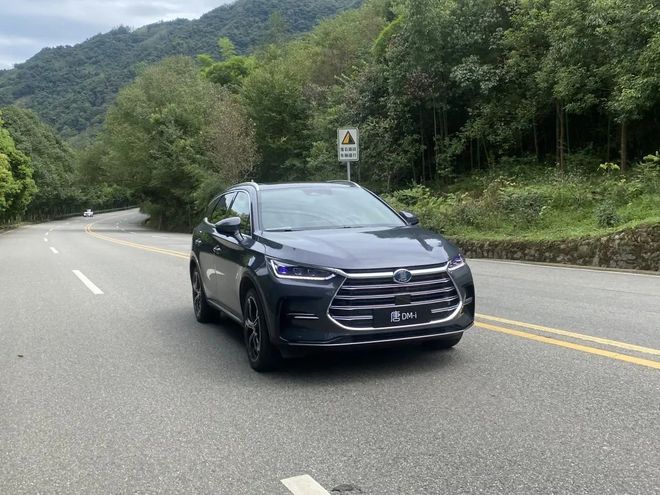
BYD’s new DM-i super hybrid system, compared with the ordinary PHEV system, one of its core improvements is precisely "power loss and fuel consumption". In terms of official announcement data, Tang DM-i’s "power loss and fuel consumption" can achieve 5.3L/100km. The most direct comparison is the new generation Toyota Highlander with similar length and curb weight. Its powertrain is equipped with a Toyota 2.5L HEV hybrid system, in which the fuel consumption per 100 kilometers of two-wheel drive/four-wheel drive models is 5.3L and 5.8L respectively. It can be seen that the energy-saving advantage of BYD Tang DM-i is quite obvious.
What is the actual situation? In BYD Tang DM-i’s "Energy-saving Test Drive in Five Theater" series, Jiashipai also participated in one of the stops. My colleague and two other media colleagues drove the Tang DM-i 112KM distinguished model and started driving near Xiling Snow Mountain in the outer suburbs of Chengdu (this is a favorite self-driving route for Chengdu families to take their children skiing in winter). In the end, the vehicle where the driver was sent won the first place, with an average fuel consumption of 2.8L per 100 kilometers.
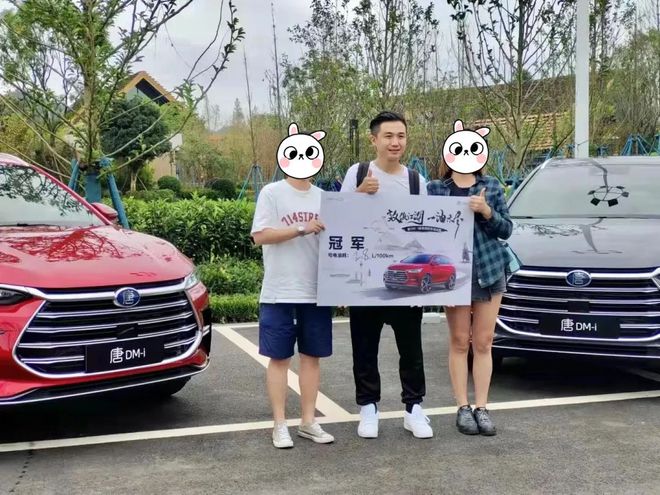
It should be noted that 5.3L is only the official fuel consumption of Tang DM-I. If the battery is fully charged, the pure battery life of the model equipped with 21.5-degree blade battery will reach 112km, and that of the model equipped with 9.98-degree blade battery will also reach 52km. As the daily travel of home users is of course more full of electricity, short trips like more than 100 kilometers are the most common, driving with pure electricity first and then driving in mixed mode, so Tang DM-i often gets lower fuel consumption.
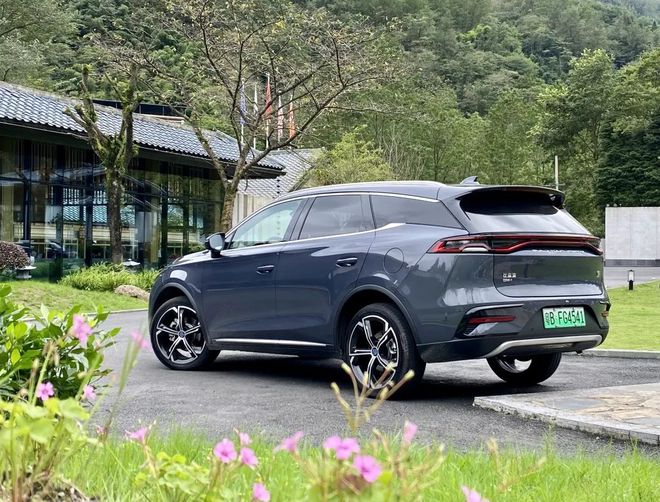
The energy consumption performance of Tang DM-i can be summarized into two characteristics:One is "big and economical" and the other is "the more blocked, the more economical".
"Big and provincial" is obviously based on the positioning of Tang DM-I. For the seven-seat SUV models with a car length of nearly 5 meters, consumers often have the impression that "the fuel consumption pressure is a bit high". At present, such vehicles with a price of less than 300,000 yuan, especially less than 250,000 yuan, are basically traditional fuel vehicles or HEV. Because of their large size and high kerb quality, the daily comprehensive fuel consumption is basically in the early 10L or even higher.
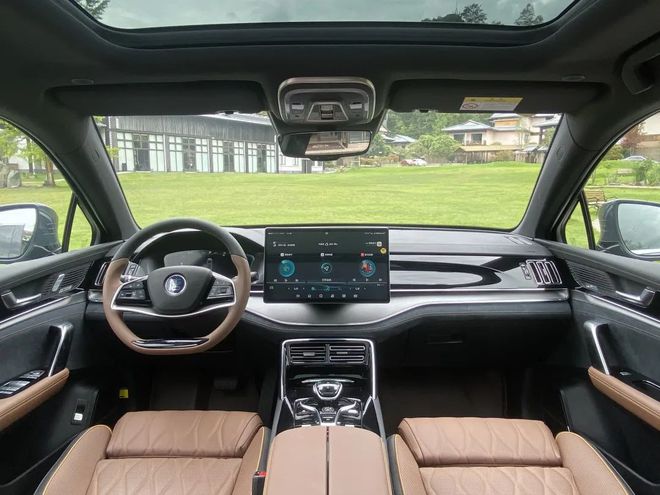
In contrast, the cost advantage of Tang DM-i is quite obvious. In addition to the power loss and fuel consumption of only 5.3L, on the other hand, the vehicle price itself is competitive. The guide price range of the three models is 1898-216,800 yuan, and as a PHEV model, it is not necessary to pay the new car purchase tax, and it is still a "green card treatment" in other provinces, autonomous regions and municipalities except Beijing. It is especially convenient to open an extra working day every week in some cities that implement "tail number restriction"
"The more traffic jams, the more provinces", first of all, based on the inherent advantages of Tang DM-i as a PHEV, consumers usually commute in urban areas, and the urban fuel consumption of seven medium/large SUVs can easily exceed 12L per 100 kilometers, even close to 20L per 100 kilometers in traffic jams. However, the daily use of Tang DM-i is mainly electricity. Generally, the commute to and from work is no more than 50 or 60 kilometers. In addition to EV pure electric mode, Tang DM-i can automatically switch to HEV series mode in the state of power loss. The engine always runs in the efficient working area to drive the generator to generate electricity, and the whole vehicle is still driven by the motor, so the congested road sections are also very economical. It is not the traditional impression that "there is a worm after no electricity, and the meat consumes oil" in PHEV. Commuting in big cities, it’s not unreasonable for Don DM-i to save 50 yuan oil money in one day.
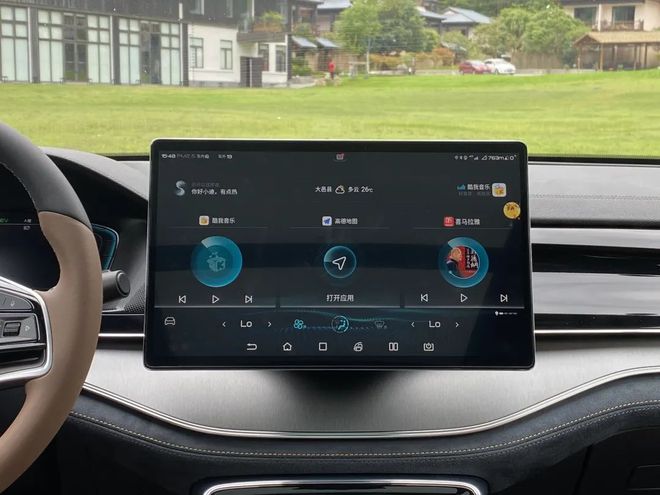
Key question: Why does BYD DM-i super hybrid system equipped with Tang DM-i have such great advantages?
We might as well make a technical analysis. First of all, Tang DM-i is equipped with Xiaoyun-Plug-in special turbocharged 1.5Ti high-efficiency engine. This engine is very advanced in technology. It adopts Miller cycle with high fuel efficiency, with a thermal efficiency of 40%, a peak output power of 102kW and a peak torque of 231 N m.
Second, the motor is strong. Although the three models of DM-i in Tang Dynasty are all single motors, the maximum power and torque of the motor of the 52KM pure electric endurance model reach 145kW and 316N·m, while the maximum power and torque of the motor of the 112KM pure electric endurance model reach 160kW and 325 N m. As a result, the 100-kilometer acceleration of the 52KM version is 8.7s, and that of the 112KM version is 8.5s..
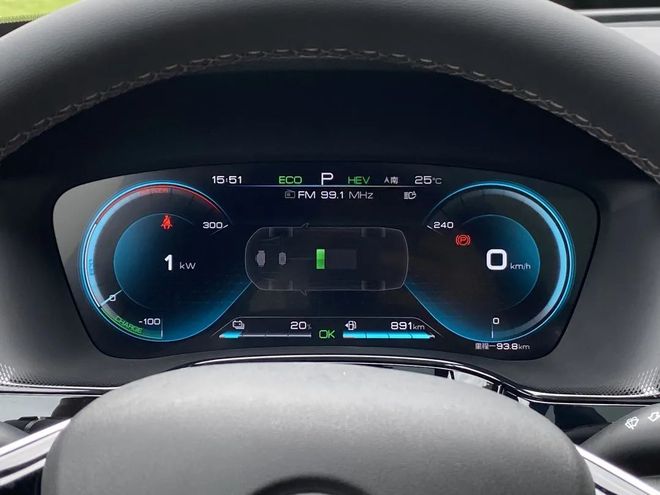
Thirdly, it is worth mentioning that all three models of Tang DM-i are equipped with BYD’s famous blade battery. What is a blade battery? To put it simply, at present, there are two mainstream battery structures on the market, namely ternary lithium battery and lithium iron phosphate battery. The former has high energy density, but its safety is slightly inferior to the latter, while the latter has high safety, but its energy density is low, so it is not easy to achieve long battery life. BYD blade battery has just solved the problem of low energy density of lithium iron phosphate battery and passed the most stringent acupuncture test in the power battery industry, thus integrating endurance and safety. This is also a microcosm of BYD’s strong scientific research strength in battery research and development.
The advantages of DM-i are not limited to high efficiency.
The "benefits" brought by BYD’s DM-i super hybrid system to Tang DM-i models are actually not limited to high efficiency. Taking NVH performance in the dynamic process as an example, the author has also compared and tested two models because the driving school bought a new generation of Highlander’s long test car. The HEV system of Highlander is not strong enough, so it is very easy for the 2.5L naturally aspirated engine to increase its speed due to the need of acceleration, so the "presence" of engine noise is relatively strong, especially on urban expressways and mountain roads where the speed changes greatly. The DM-i in Tang Dynasty mainly uses electricity for daily travel because the motor is strong enough. Even if the gasoline engine is started, it works at the economic speed most of the time, so the vehicle is very quiet.
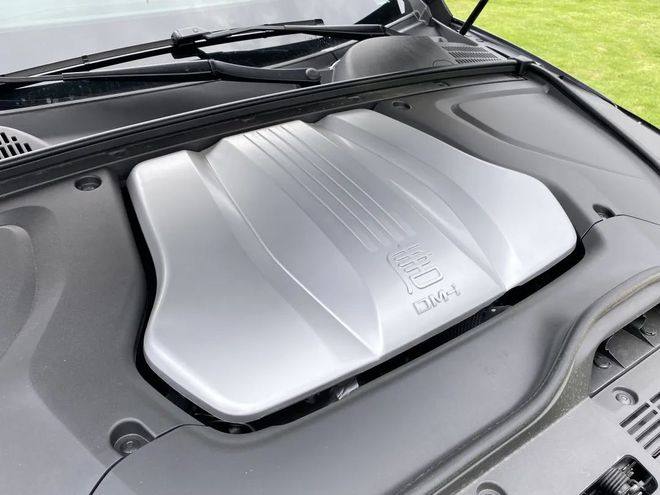
Compared with other traditional fuel vehicles, Tang DM-i can avoid the rush caused by the shift of traditional gearbox because it is mainly driven by electricity. Therefore, Tang DM-i is more than just getting a green card than Toyota’s HEV and other fuel SUV models. In fact, Tang DM-i focuses on the six product features of "fast, quiet, smooth and green", that is, the advantages of light acceleration brought by the motor, high efficiency of DM-i system, quietness of main power consumption, smoothness of avoiding gearbox intrusion, green brand of environmental protection and seven large spaces, which has achieved all-round and more advanced performance.
Fierce fighting joint venture model, China brand in the breakthrough point of 200 thousand yuan+
BYD Tang family, as the first China brand vehicle with an average transaction price of over 200,000 yuan and sales volume of over 260,000 units in history, has been in a comprehensive competition situation with seven medium/large SUVs. This time, Tang DM-i still has the consistent performance of the Tang family in design, interior luxury, car system, space and configuration. DiLink3.0 intelligent network connection system and DiPilot intelligent driving assistance system have become advantages in the competition with joint venture models.
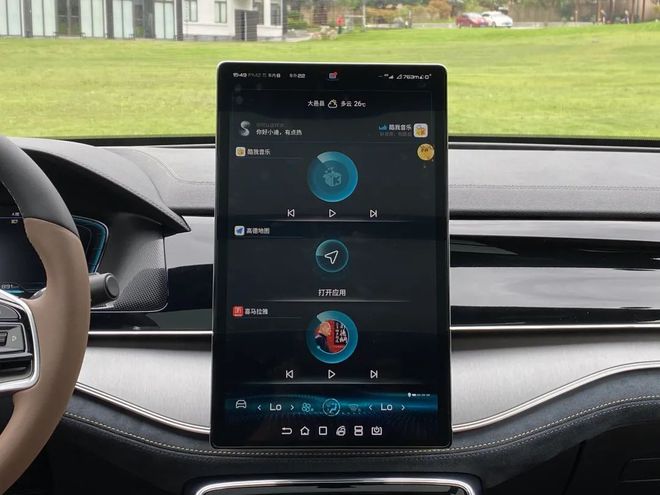
The front of the DM-i in Tang Dynasty is shaped like a dragon face, with large front, large grille opening and strong tension. The Chinese character "Tang" LOGO embedded in the middle is very imposing, which is also a kind of "domestic sentiment" for consumers. The "sense of volume" on the side of the car body is also very large, and the 4870mm long car body creates a full-fledged "mature man gas field". There is a unique "wireless" logo on the rearview mirror, which means that NFC can be unlocked when the phone is close to the exterior rearview mirror.
The interior of Tang DM-i is also very design-oriented. Its designer, Michele Paganetti, was also an S-class interior designer of Mercedes-Benz. He has always been good at controlling the luxury of the cart. Soft leather wrap, piano paint, metal decorative board, suede material, and two-color stitching make the whole interior quality very layered. In addition, Tang DM-i is equipped with a 12.3-inch full LCD instrument and a 15.6-inch central control large screen. The car adopts an 8-core processor, and the central control screen supports rotation, which can freely switch between horizontal and vertical screens. In addition, in terms of the accuracy of voice recognition that consumers care about, it provides 70+ intelligent voice controls, which support fuzzy semantics, children’s voice recognition and multi-person interaction.
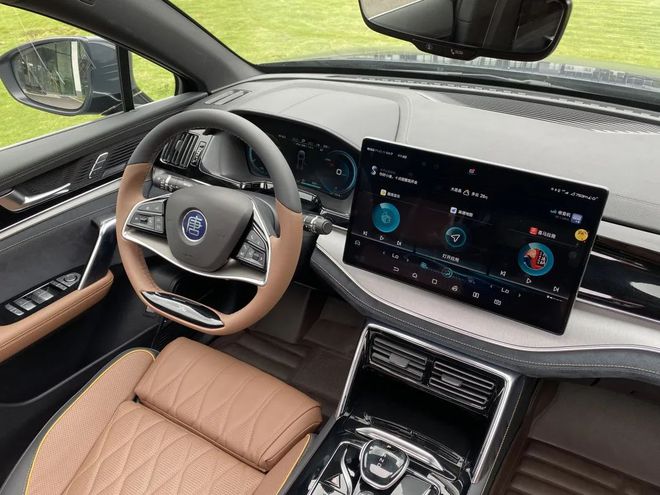
The space in the second row of Tang DM-i is very spacious. After I enter at a height of 175cm, I still have leg space close to four fists, just like sitting in the back row of a B-class car, and there is enough head space. The second row of seats also has the function of moving back and forth, which can make room for the third row of passengers when the third row needs to sit. The horizontal space width of Tang DM-i is an important advantage. Together with the flat platform, it is very helpful for the second row to seat three passengers relatively easily.
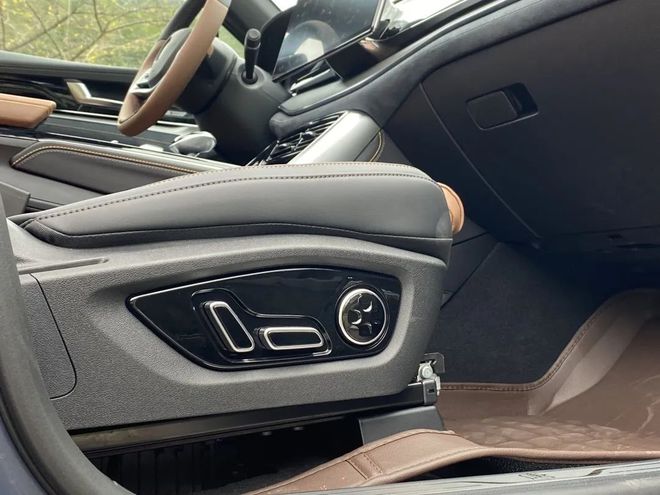
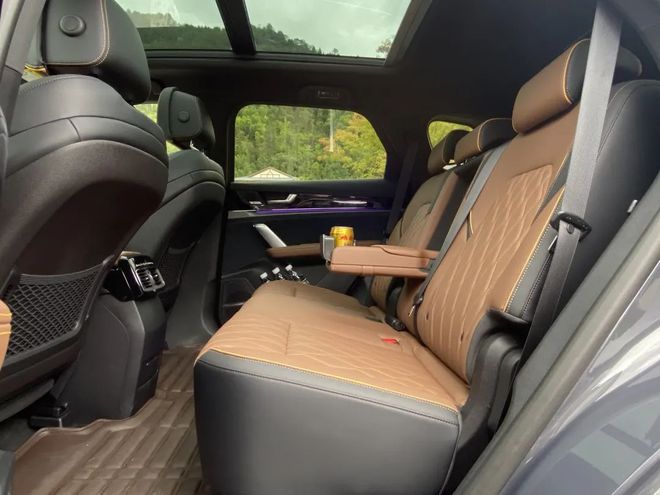
In terms of intelligent driving, the equipped DiPilot intelligent driving assistance system is rich in functions, including DiPilot intelligent driving assistance, DiPilot intelligent remote control driving mode, DiPilot 3D holographic transparent image system, DiPilot steering wheel lane departure auxiliary vibration reminder, etc. It is a set of systems that can definitely be called L2 level after the definition of L2 has been strictly defined in the industry recently.
Conclusion of driving an official > > >
After the introduction of the DM-i super hybrid system, BYD Tang family added three DM-i configuration models with very high cost performance. Tang DM-i is a real all-round family SUV, because it has both the economy of pure electricity for commuting in cities and the high efficiency of long-distance travel at the provincial level in the province, realizing the characteristics of "being big and saving, and enjoying the driving pleasure brought by high-power motors at any time." The price of Tang DM-i concentrated around 200,000 yuan is very powerful, which further consolidates the position of BYD Tang family as the sales champion of the seven-seat SUV market segment of China brand, and greatly enhances the combat effectiveness of the Tang family’s joint venture of seven SUVs.
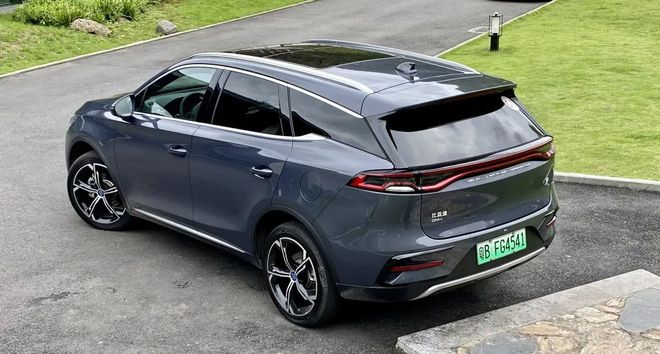
Text | Daddy Zhang Bureau
Figure | Jiashi School
Original viewpoint of cutting-edge information
The most compelling original automobile new media brand.
Sina Weibo: @ Jiashipai
Jiashipai has now settled in major media platforms.
The daily average number of page views on the whole network exceeds 1,000,000.
Copyright: jiashipai@foxmail.com